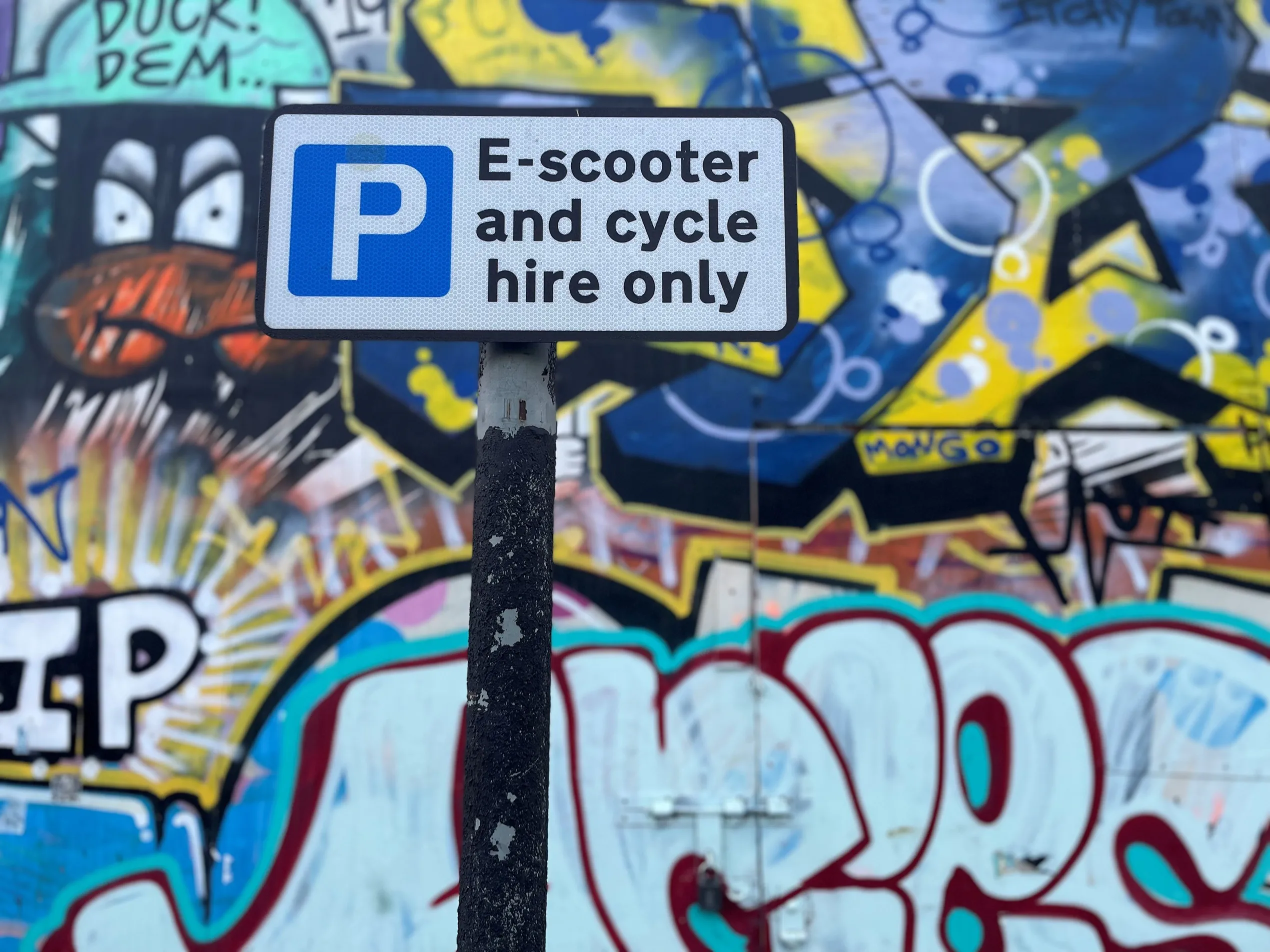profitability in the third quarter. Revenue increased 10 per cent to US$28.6 million, with operating profit of US$8.4 million and a profit before tax of US$1.2 million. This compares to a negative operating result of US$3.9 million and a loss before tax of US$3.7 million in the third quarter 2012.
Q-Free has also strengthened its efforts in advanced transportation management systems (ATMS) through an investment in the American traffic management company Intelight in Tucson, Arizona, and acquisition of th
October 31, 2013
Read time: 2 mins
Q-Free has also strengthened its efforts in advanced transportation management systems (ATMS) through an investment in the American traffic management company Intelight in Tucson, Arizona, and acquisition of the Serbian traffic management company Elcom.
A new contract with the Miami-Dade Expressway Authority (MDX) marked a breakthrough in the US and, together with a service and maintenance contract in Stockholm and the extension of a contract with the Norwegian Public Roads Administration related to central system services, made up the largest contracts in the period.
Q-Free expects a continued positive long-term market development, although a tough economic climate generates political and financial challenges in some of the main markets and delays the realisation of a large market potential. Important progress has been made in new markets, in particular in Asia, although the process of commercialising the business opportunities demands much resources in terms of time and effort.









